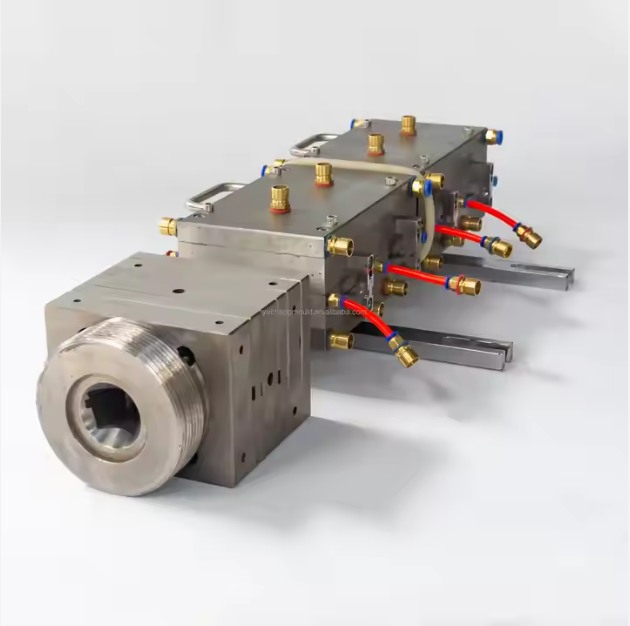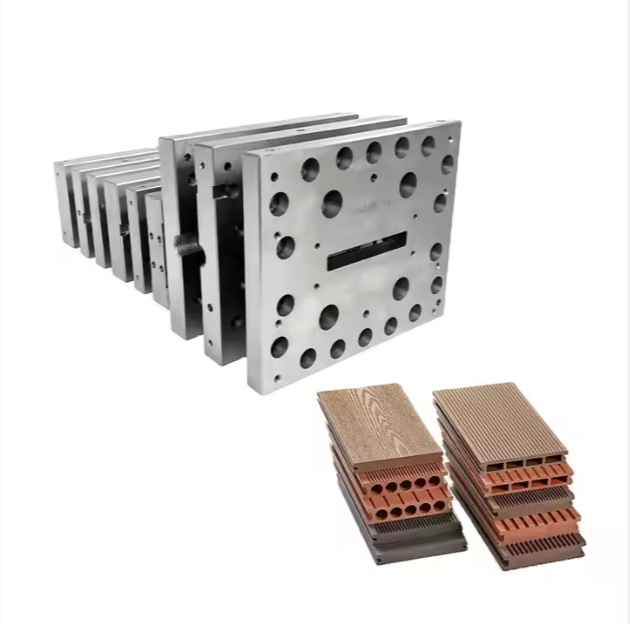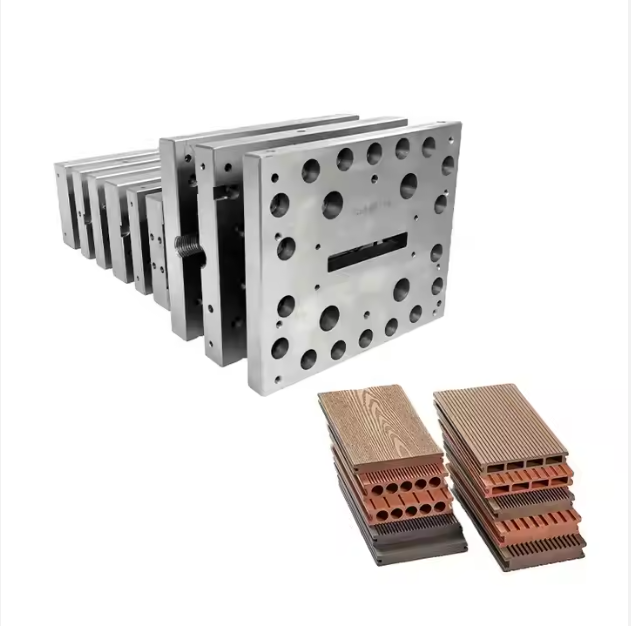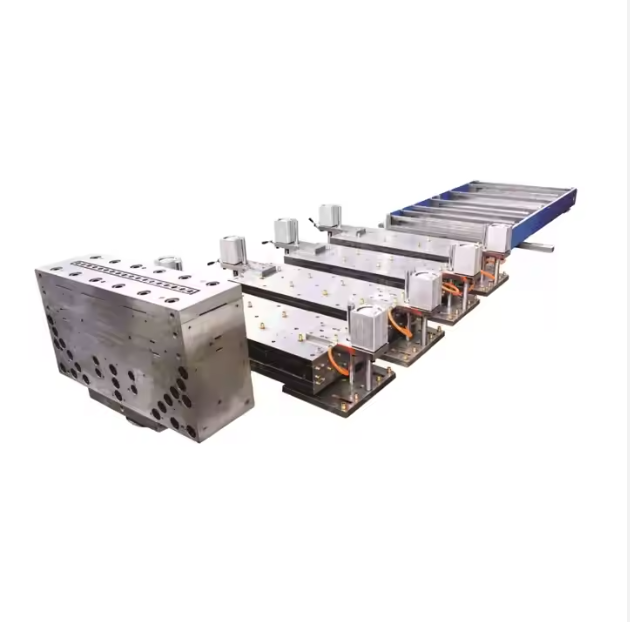5 Steps to Produce Durable and Smooth WPC Profiles
When it comes to WPC (Wood Plastic Composite) profiles, consistency and surface quality are everything. Whether you’re producing decking boards, door frames, or decorative panels, the quality of your extrusion mould and process control determine how durable and smooth your final product will be.
If you’re just getting started with WPC extrusion, or you want to improve your current production line, here are five essential steps to help you achieve excellent results.
1. Select High-Quality Raw Materials
The foundation of a durable WPC profile begins with choosing the right raw materials. Typically, WPC combines wood fiber (or wood powder) with plastic resins such as PVC, PE, or PP.
Using high-purity, well-dried wood powder and virgin plastic instead of recycled ones can dramatically improve product stability. A poor material mix may lead to uneven extrusion, color differences, or cracks during cooling — definitely not what you want.
2. Use a Precision-Made Extrusion Mould
The extrusion mould acts as the “heart” of the WPC production line. A well-designed mould ensures that the molten WPC compound flows evenly, forming a smooth, defect-free surface.
At Hubei Junhui Mould Co., Ltd., our engineering team designs and manufactures customized WPC extrusion moulds using advanced CNC machining and precision polishing. Every mould is tested under strict quality control to ensure high accuracy and long service life.
In other words, a reliable mould saves time, reduces waste, and boosts your output quality.
3. Optimize Extrusion Temperature and Pressure
Temperature control plays a key role in determining the surface smoothness and internal density of your WPC profiles.
If the temperature is too high, the material can over-melt, leading to surface burns. If it’s too low, the product might have poor fusion or internal bubbles.
A stable pressure and carefully adjusted temperature ensure uniform flow, giving your WPC profiles that ideal, even texture customers love.
4. Cooling and Calibration Are the Secrets to Shape Stability
Once the profile exits the mould, it must pass through a calibration and cooling system to retain its shape and surface quality.
Here’s where a lot of manufacturers go wrong — uneven cooling can cause deformation or warping. Make sure your calibration table and vacuum cooling tanks are clean and precisely aligned.
Honestly, it’s one of those steps that seem small but makes a huge difference in the final product.
5. Routine Maintenance and Quality Inspection
Even the best extrusion line won’t perform well without regular maintenance. Clean your mould, check heating elements, and monitor screw wear.
Implementing a strict quality inspection process after each production cycle helps you identify defects early and maintain consistency. Remember, prevention is always cheaper than troubleshooting later.
Producing durable and smooth WPC profiles is not only about using the right materials — it’s about precision, stability, and continuous maintenance. By following these five steps, you’ll see noticeable improvements in both production efficiency and product quality.
At Junhui Mould, we provide customized extrusion moulds for WPC, PVC, PE, and PP materials, ensuring stable performance and long-term reliability. Whether you are setting up a new extrusion line or upgrading an old one, our experienced engineers can help you optimize every step of the process.







